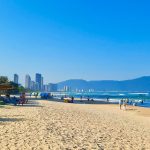Experience the breathtaking Hai Van Pass Vietnam – a spectacular coastal mountain road where mist-covered peaks meet the sparkling sea. This 20km stretch offers more than just a journey between destinations; it's an unforgettable adventure through clouds, history, and stunning landscapes that has earned its reputation as Vietnam's most scenic drive.
List of Contents
- 1. What is Hai Van Pass Vietnam?
- 2. Historical Significance of the Hai Van Mountain Pass
- 3. The Breathtaking Landscape of Hai Van Pass in Vietnam
- 4. Ways to Experience the Hai Van Pass Da Nang
- 5. Must-See Attractions Along the Hai Van Pass from Da Nang
- 6. Practical Tips for Your Hai Van Pass from Hoi An Journey
- 7. Hidden Gems and Lesser-Known Spots on the Hue to Hai Van Pass Route
- 8. Why the Hai Van Pass Da Nang Appeals to Every Traveler
- 9. Taking the Journey from Hoi An to Hai Van Pass
- 10. Final Thoughts on the Hai Van Pass Vietnam Experience
1. What is Hai Van Pass Vietnam?
Hey there! Farley C here from Elitrawo Blog. As someone who's lived in Vietnam all my life and traveled extensively throughout the country, I've crossed Hai Van Pass more times than I can count – and it still takes my breath away every single time.
The Hai Van Pass (meaning “Ocean Cloud Pass”) is a 21-kilometer stretch of road that winds through the Annamite Range, connecting Da Nang City and Thua Thien-Hue Province in central Vietnam. At approximately 495 meters above sea level, it's the highest pass in Vietnam and forms a natural boundary between the northern and southern climates of our country.
The first time I rode my motorbike through the pass, I was just 22 and had barely left my hometown. I remember gripping the handlebars tight as I navigated those hairpin turns, but the views… man, they were worth every nervous moment!
This legendary road rose to international fame when it was featured on BBC's Top Gear, with Jeremy Clarkson describing it as “a deserted ribbon of perfection-one of the best coast roads in the world”. Since then, I've watched tourism here boom as travelers come to experience this stunning route for themselves.
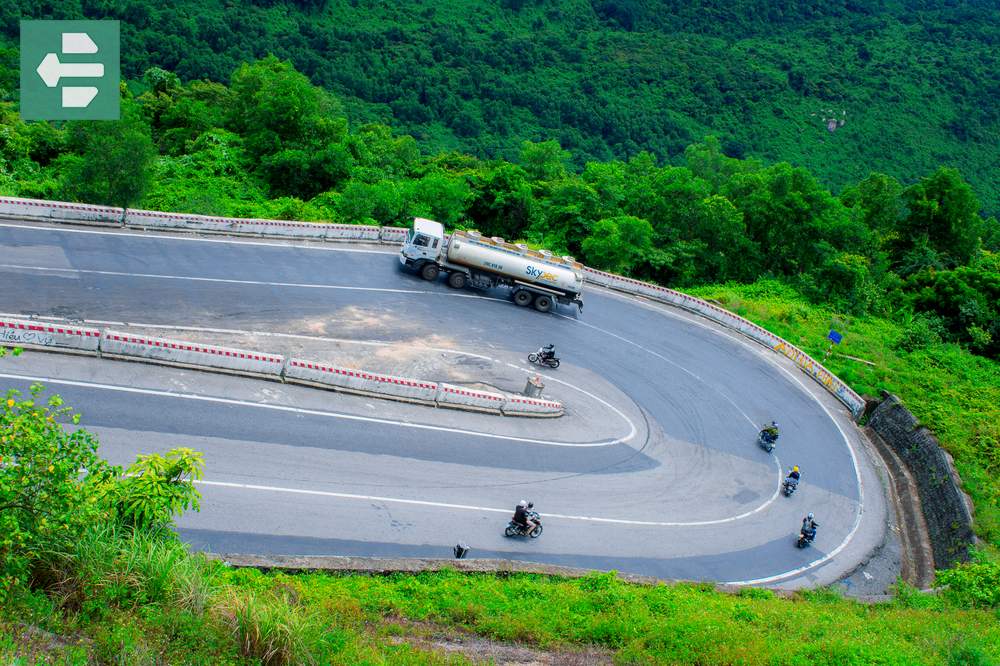
Ever wondered what secrets this ancient mountain passage holds? Let's dive into its fascinating history…
2. Historical Significance of the Hai Van Mountain Pass
As a kid growing up in Central Vietnam, I was always fascinated by the stories my grandfather told about Hai Van Pass. It wasn't just a pretty road to him – it was a place filled with history and legends.
The Hai Van Mountain Pass has witnessed centuries of Vietnamese history:
- Ancient border: Before 1306, the pass belonged to the Champa Kingdom as a border between provinces
- Royal connection: King Che Man of Champa offered these lands as a dowry when he married Princess Huyen Tran of Vietnam
- Military importance: In 1826, the Nguyen Dynasty built the Hai Van Gate as a defensive fortress to protect the imperial city of Hue
I remember visiting the old gate with my school when I was about 10 years old. Our teacher explained how it was once described as “the most majestic gateway under the heavens” by King Le Thanh Tong. Back then, I was more interested in racing my friends up the stone steps than learning history – but now I appreciate these stories that connect me to my heritage.
During the French colonial period, the pass earned the nickname “the road without joy” due to its perilous conditions. Later, during the Indochina Wars, American forces (and remnants of French military infrastructure from earlier conflicts) utilized the summit for strategic bunkers. I've talked with elderly locals who still remember those times—how the mountain pass became a pivotal battleground during successive foreign invasions, a stark contrast to the peaceful tourist destination it is today.
What makes this mountain pass so visually spectacular? Let's explore the landscapes that make it worth the journey…
3. The Breathtaking Landscape of Hai Van Pass in Vietnam
The first time I brought my Nikon D7200 to capture Hai Van Pass was back in 2018. At this time, I was only a second-year student. I left Da Nang at 5 am to catch the sunrise, and I still remember how the early morning light painted everything in gold. That day taught me why Hai Van Pass in Vietnam is truly magical – its diverse and ever-changing scenery.
3.1. Northern Side
When you look toward the north from the pass, you'll see:
- The turquoise waters of Lang Co Bay (honestly, it's like something from a postcard)
- Traditional fishing villages with basket boats (I've tried rowing one – it's WAY harder than the fishermen make it look!)
- Lap An Lagoon with its peaceful waters (a great spot for oysters, by the way)
3.2. At the Summit
At the highest point of the pass, you'll experience:
- Panoramic views where mountains meet the sea
- Misty clouds that give the pass its poetic name
- The historic Hai Van Gate and military bunkers
I've been caught in sudden mist so thick I could barely see 5 meters ahead. It can be a bit scary when driving, but it creates this mystical atmosphere that feels like stepping into another world.
3.3. Southern Side
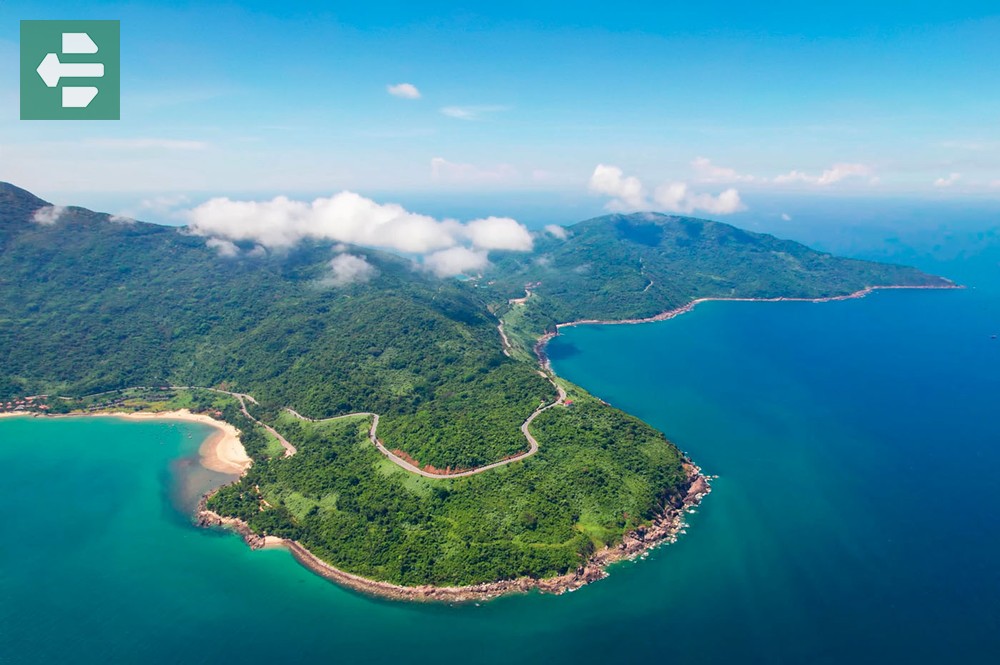
Looking south, you're treated to:
- Views of Da Nang city and its modern skyline (my hometown!)
- Tien Sa Port and the distant Cham Islands
- The lush Son Tra Peninsula (also known as Monkey Mountain)
One thing I've noticed over years of visiting – the weather at the top of the pass is completely unpredictable. I've started a journey from Da Nang in brilliant sunshine, only to find myself enveloped in cool mist at the summit, then back in sunshine as I descended toward Hue.
So how can you experience this incredible road for yourself? Let me share some options…
4. Ways to Experience the Hai Van Pass Da Nang
As a local who's tried every possible way to cross Hai Van Pass Da Nang, I can tell you each method offers a completely different experience. Let me break down your options:
4.1. Motorbike Tour

This is hands-down my favorite way to experience the pass. There's something about feeling the temperature change as you climb and the wind in your face that connects you to the journey.
- Self-drive: If you're comfortable on a motorbike, renting one costs about 150,000-200,000 VND per day (around $5.60-$7.50 USD or $9.40-$12.50 AUD at current May 2025 rates)
- Easy Rider tours: For around 700,000 VND ($26 USD or $39 AUD), local guides drive while you ride as passenger
- Group tours: Join others for about 500,000 VND ($19 USD or $28 AUD) per person
My first solo ride was terrifying – I nearly turned back at the first steep curve! But I pushed through, and the feeling of accomplishment at the top was incredible. Now I take friends here whenever they visit Vietnam.
4.2. Car or Jeep Tour
Better for families or during rainy season:
- More comfortable, especially during bad weather
- Perfect if you're traveling with kids or elderly family members
- Prices range from 1,200,000-2,500,000 VND ($45-94 USD or $67-140 AUD) depending on the vehicle and tour package
4.3. Through Transportation
A practical option if you're moving between cities:
- Several companies offer transport between Hue/Da Nang/Hoi An via the pass
- Your luggage travels in a support vehicle while you enjoy the scenery
- Typically costs 250,000-350,000 VND ($9-13 USD or $14-20 AUD) one-way
I often recommend this to my blog readers who want to maximize their time. Why take the boring tunnel when you can turn your transit between cities into an adventure?
What about those must-see spots along the way? Let's explore the highlights you shouldn't miss…
5. Must-See Attractions Along the Hai Van Pass from Da Nang
When my Australian friends visited last summer, they only had 5 hours for the Hai Van Pass from Da Nang experience. I had to carefully choose which spots were truly unmissable. Here's my local's shortlist:
5.1. Hai Van Gate (Hai Van Quan)

- Ancient fortification with stone gates and walls built during the Tran Dynasty
- Offers stunning panoramic views of the entire pass
- A great spot for photos (I always recommend morning light for the best shots)
There's something humbling about standing at this gate, thinking about how many travelers have passed through it over the centuries. I often bring a thermos of Vietnamese coffee to enjoy here while soaking in the view.
5.2. Military Bunkers
- French and later American bunkers offering strategic viewpoints
- Historical remnants with wartime graffiti still visible
- Some of my foreign friends find these more interesting than Vietnamese visitors do – I guess it connects to their understanding of the war
The bunkers are a sobering reminder of our country's complicated past. My grandfather once pointed out spots where he remembered seeing artillery positions during the war.
5.3. The Lonely Pine Tree
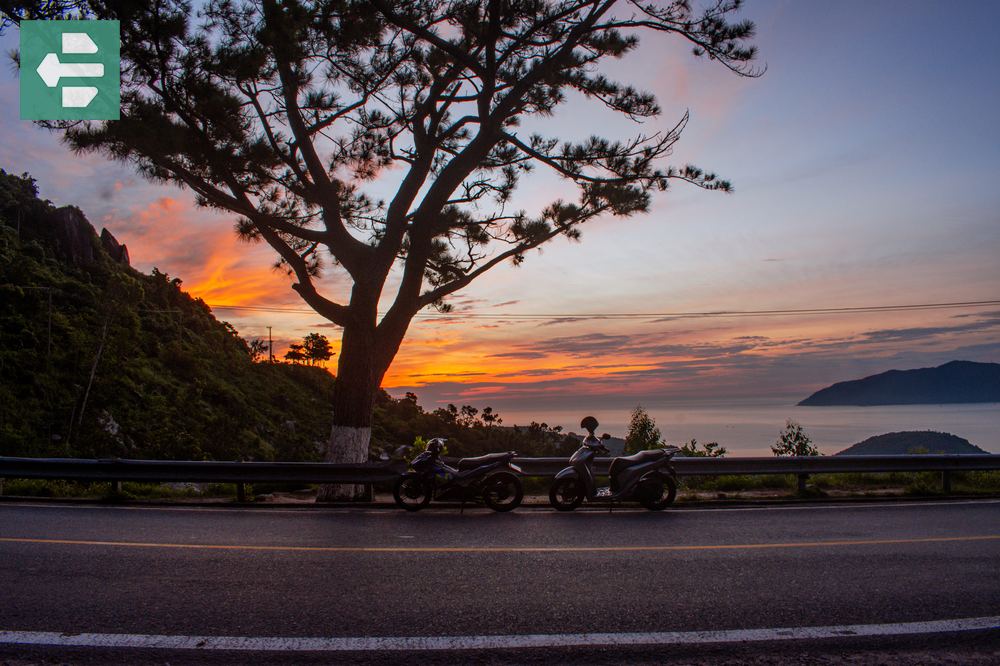
- This solitary pine has become Instagram-famous in recent years
- Offers views of Lang Co Bay in the distance
- Best photographed in early morning or late afternoon
Funny story – I completely missed this spot during my first dozen trips up the pass! It wasn't until it became popular on social media around 2019 that I actually stopped to appreciate it.
Update 2025: This pine tree has dried up and died; the location has since been replanted with another small tree.
5.4. Ocean Clouds Viewpoint
- The spot where you're most likely to see the “sea of clouds” effect
- Best visited before 9am for the most dramatic effect
- Located about halfway up the pass on the Da Nang side
I've probably been to this viewpoint 30+ times, and I'd say the clouds are perfect about 1 in 5 visits. It's hit or miss, but when you hit… wow!
5.5. Bac Hai Van Railway Station

- A charming, lesser-known spot perfect for unique photos
- Located 4km from Hai Van Gate along a forest path
- You might catch a glimpse of the train if your timing is lucky!
This is my personal favorite spot that most tourists miss. When I need some quiet time to think or just want to escape the city heat, I often ride up here with a book and spend a peaceful afternoon.
5.6. Lang Co Beach
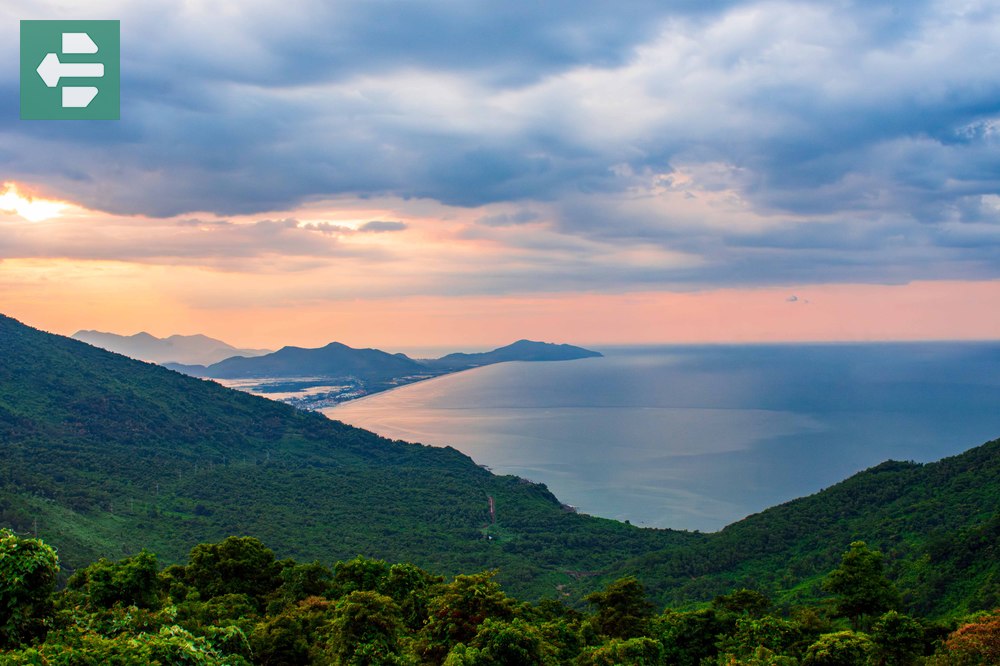
- Beautiful 10km stretch of beach in an arc shape
- Local fishing village with fresh seafood restaurants
- Perfect spot to relax after conquering the pass
The seafood here is incredible, and much cheaper than in Da Nang. I always stop for bánh xèo tôm (crispy pancakes with shrimp) at a small family restaurant just off the main road.
Planning a trip requires some preparation. What do you need to know before you go?
6. Practical Tips for Your Hai Van Pass from Hoi An Journey
After guiding countless friends and blog readers through their Hai Van Pass from Hoi An journeys, I've gathered some practical advice that will save you headaches:
6.1. Best Time to Visit
- Dry season (March to September) offers clearer views and safer road conditions
- Early morning (6-9am) increases your chances of seeing the magical cloud formations
- Weekdays are less crowded than weekends (when many local tourists visit)
I learned this lesson the hard way during my first rainy season visit. I got caught in a sudden downpour that made the road slippery and visibility poor. Now I check the weather forecast religiously before planning a trip during green season.
Current conditions (May 2025) are excellent – we're in dry season with warm temperatures and clear skies most days. Perfect for your visit!
6.2. What to Bring
- Sunscreen and hat – the UV index in Central Vietnam is brutal year-round
- Camera with extra battery – you'll take more photos than you expect
- Warm clothes – even in summer, the temperature at the summit can be 5-10°C cooler than in Da Nang
- Rain poncho – weather changes quickly (I keep one under my motorbike seat year-round)
- Cash – few places accept cards, and ATMs are scarce
- Driver's license – police checkpoints are common, especially on weekends
One time I brought some American friends who didn't believe me about the temperature difference. They laughed at me for packing light jackets on a 35°C day… until we reached the summit and they were shivering while I was comfortable!
6.3. Safety Considerations
- The pass has sharp hairpin turns and steep inclines (I've seen too many accidents from overconfident drivers)
- Consider a guide if you're not confident in your driving abilities
- Traffic includes large trucks and inexperienced tourists (give them plenty of space)
- With current exchange rates (1 USD = 26,259 VND or 1 AUD = 17,983 VND as of May 2025), medical care is affordable but you should still have travel insurance
I can't stress safety enough. Last year, I helped a couple from California who had crashed their rental motorbike on a sharp turn. Thankfully, they only had minor injuries, but their trip was disrupted by hospital visits and dealing with the rental company.
Beyond the famous spots, are there any hidden gems worth discovering?
7. Hidden Gems and Lesser-Known Spots on the Hue to Hai Van Pass Route
After exploring Hue to Hai Van Pass countless times over the years, I've discovered some special places that most tourists never see:
7.1. Van Village
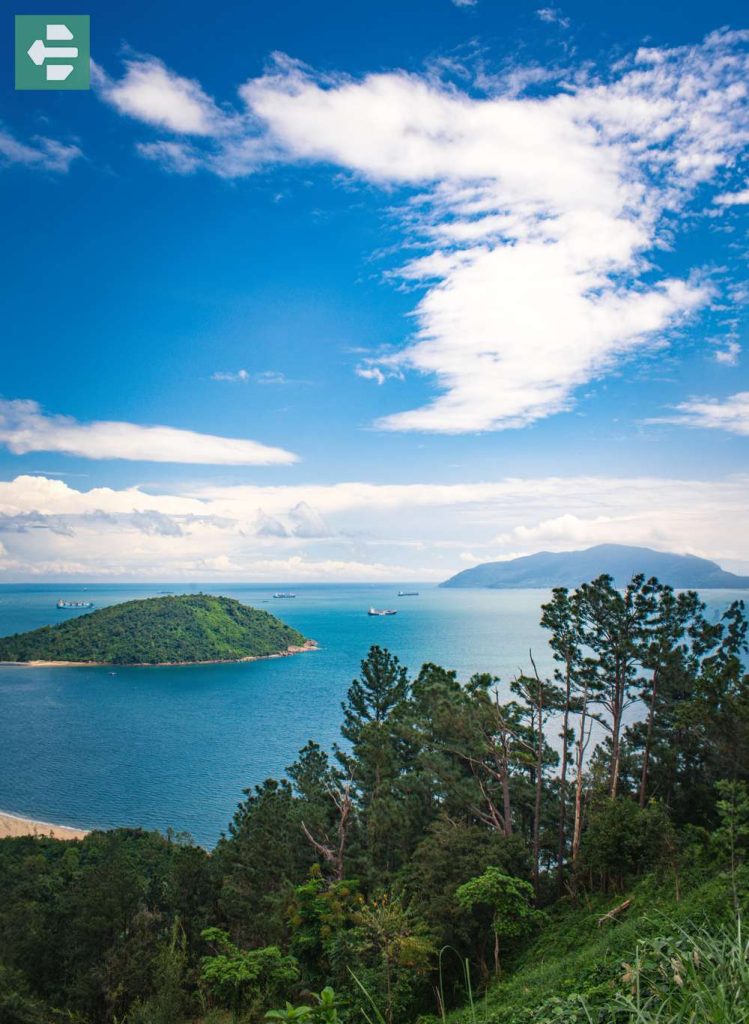
- A secluded hamlet nestled at the foot of the pass
- Ideal for camping and outdoor activities (I've spent several peaceful nights here under the stars)
- Peaceful alternative to the busier summit area
I first discovered this village when I got a flat tire and needed help. A local family not only fixed my tire but invited me for dinner. That spontaneous encounter turned into a friendship that's lasted years – I still visit them whenever I'm passing through.
7.2. Don Ca Arch Bridge
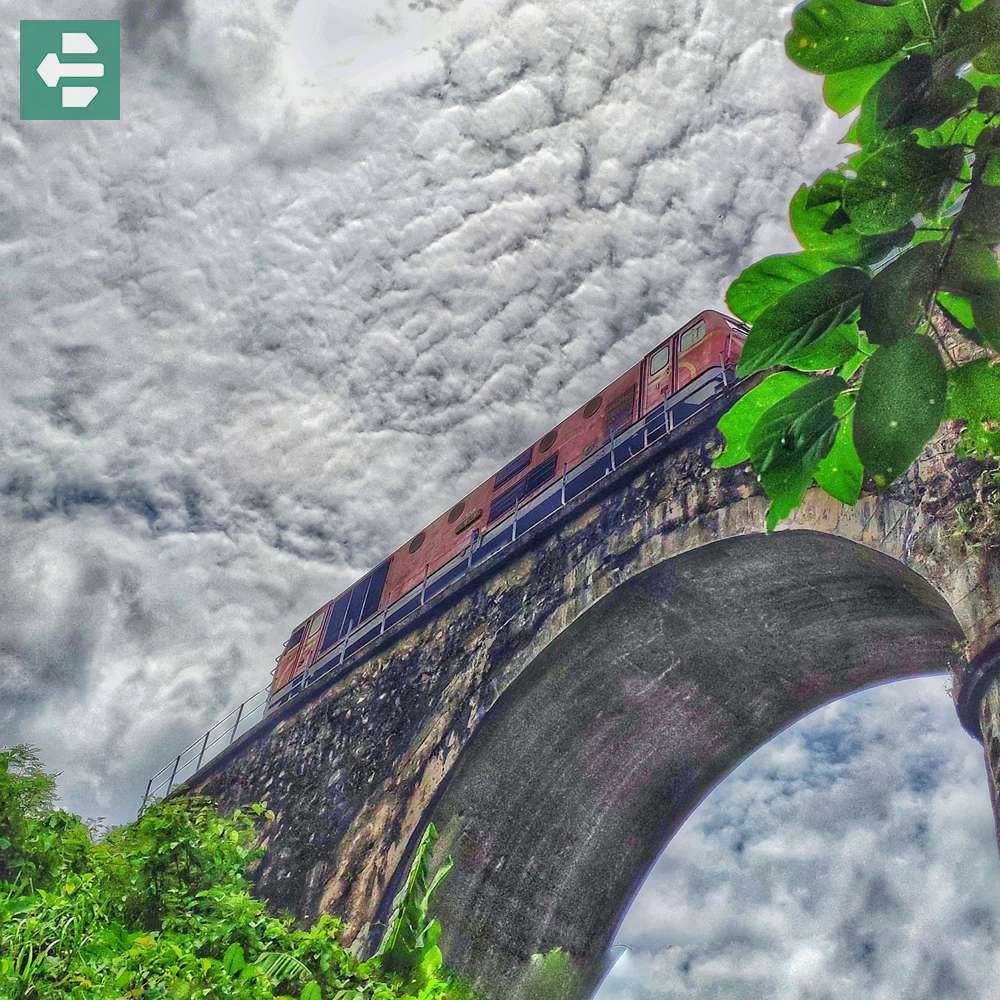
- A beautiful location beyond Bac Hai Van Station
- Requires a short hike through jungle paths
- Offers unique photos of the railway line
Finding this spot was pure luck – I was exploring random paths on my motorbike one day and stumbled across it. Very few tourists know about it, and that's what makes it special.
7.3. Local Coffee Shacks

- Small family-run coffee stops with hammocks
- Stunning views without the crowds
- Authentic Vietnamese coffee for about 15,000-20,000 VND ($0.60-0.75 USD or $0.85-1.10 AUD)
My favorite is a tiny place with no proper name, just a sign saying “Cà Phê” about 3km up the pass from the Da Nang side. The elderly couple who runs it makes the strongest, most delicious coffee, and their viewpoint is just as good as the official ones – without the entrance fees or crowds.
Why does this mountain pass appeal to so many different types of travelers?
8. Why the Hai Van Pass Da Nang Appeals to Every Traveler
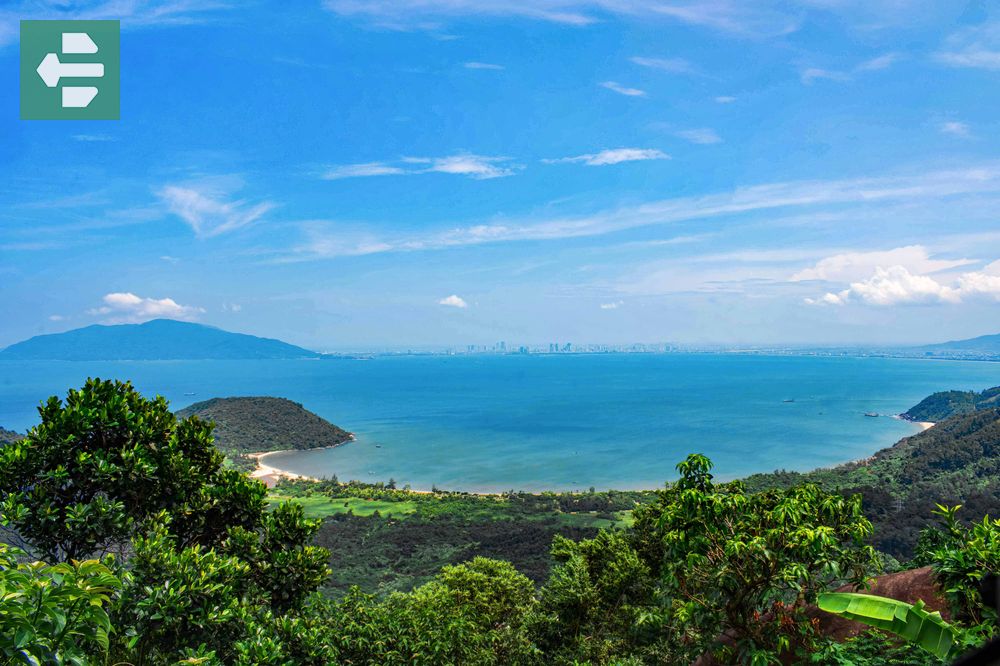
In my years running Elitrawo Blog and guiding visitors through Vietnam, I've noticed that Hai Van Pass Da Nang has universal appeal:
- Adventure seekers get their adrenaline fix navigating the winding roads (my Australian readers especially love this aspect)
- History buffs discover centuries of Vietnamese history through ancient gates and war-time bunkers (popular with American visitors interested in Vietnam War history)
- Nature lovers connect with stunning landscapes where mountains meet sea
- Photographers find endless opportunities for breathtaking shots (I've filled countless memory cards here)
- Cultural explorers glimpse traditional fishing villages and local life
One American couple I guided last year came primarily interested in war history but left enchanted by the natural beauty. Meanwhile, my nature-loving Australian friends were surprised by how much they enjoyed learning about the historical aspects.
With current exchange rates (1 USD = 26,259 VND in May 2025), experiences here are quite affordable for Western visitors. A full-day exploration, including transportation, food, and entrance fees, typically costs around $30-50 USD (or $45-75 AUD), making it excellent value compared to scenic drives in the US or Australia.
Are you staying in Hoi An? Here's how to experience the pass from there…
9. Taking the Journey from Hoi An to Hai Van Pass

Many of my blog readers stay in Hoi An rather than Da Nang, so I'm often asked about making the trip from there. Taking the Hai Van Pass from Hoi An is absolutely doable as a day trip:
- Distance: Hoi An to the start of Hai Van Pass is about 55km (34 miles)
- Travel time: Allow 1 hour 30 mins from Hoi An to reach the start of the pass
Based on my experience guiding visitors, you have several options:
- Self-drive motorbike: Rent in Hoi An for about 150,000 VND ($5.70 USD or $8.40 AUD) and make your own adventure
- Private car/driver: Costs around 1,200,000-1,800,000 VND ($45-70 USD or $67-100 AUD) for a full day
- Group tour: Many companies offer day trips for around 500,000-700,000 VND ($19-27 USD or $28-39 AUD) per person
Last month, I guided a family from Boston who were staying in Hoi An. We left at 7:30am, spent the day exploring the pass and Lang Co Beach, and were back in Hoi An by 5pm – tired but with memory cards full of amazing photos and experiences.
If you're doing this trip independently, I recommend this route: Hoi An → Da Nang → Hai Van Pass → Lang Co (lunch) → return via the same route OR continue to Hue if it's a one-way journey.
What makes this experience so special, and why should it be on your Vietnam itinerary?
10. Final Thoughts on the Hai Van Pass Vietnam Experience
After crossing Hai Van Pass Vietnam more times than I can count – in sunshine and rain, on motorbikes and in cars, alone and with visitors from around the world – I still find something new to appreciate each time.
This isn't just another scenic drive. It's a journey that connects you to Vietnam's geography, climate, history, and culture all at once. As someone born and raised in Central Vietnam, I feel a special pride when I see visitors' faces light up as they experience this magnificent road for the first time.
What makes it truly special is how it changes. The same spot can look completely different depending on the time of day, season, or weather conditions. I've seen the pass bathed in golden morning light, shrouded in mysterious afternoon mist, and silhouetted against vibrant sunsets.
Is it worth your time? Absolutely. While destinations like Ha Long Bay, Sapa, and Hoi An Ancient Town get more international attention, Hai Van Pass offers something different – an active experience rather than a passive one, where the journey itself is the destination.
At current exchange rates (May 2025: 1 USD = 26,259 VND or 1 AUD = 17,983 VND), exploring this world-class coastal road is remarkably affordable compared to similar experiences in the US or Australia. That accessibility, combined with the natural beauty and historical significance, makes it a highlight for most visitors to Central Vietnam.
So whether you're an adventure seeker from Australia looking for your next thrill, an American history buff tracing the footsteps of the past, or simply someone who appreciates stunning landscapes, I hope you'll include Hai Van Pass in your Vietnam journey.
Have you been to Hai Van Pass? Planning a trip and have questions? Drop me a comment below or reach out through Elitrawo Blog. Safe travels!




